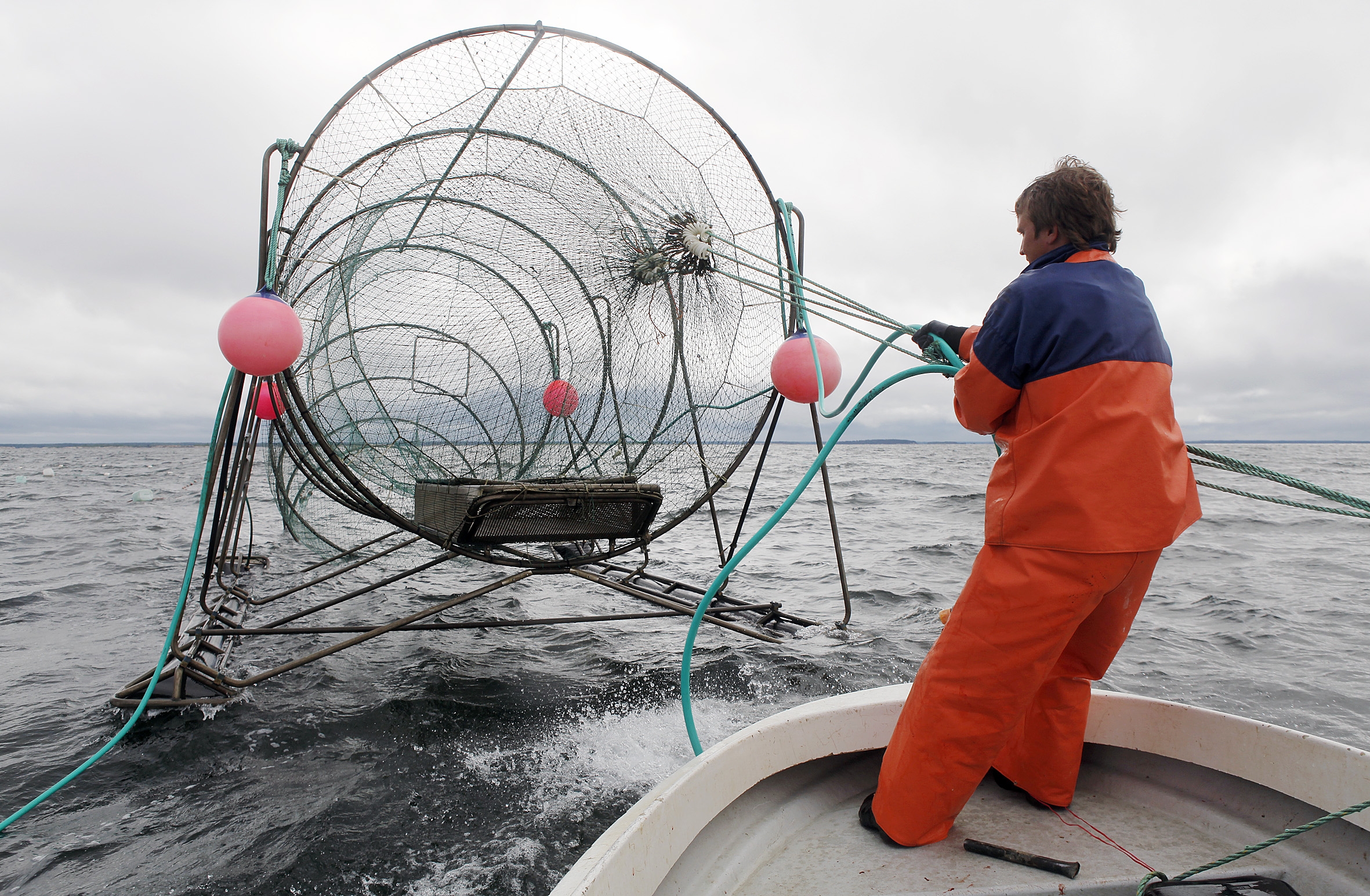Month: June 2020
Evaluation of Fisheries Local Action Groups by Natural Resources Institute completed: Special strength of fisheries development is that it is locally based
Fisheries Local Action Groups (FLAGs) funded under the European Maritime and Fisheries Fund (EMFF) promote and activate the fisheries sector in many European countries. The 10 Finnish FLAGs operate in the most significant fishing regions from the Åland Islands to Lapland. They have opened up opportunities for local people to participate in the development of fisheries in their home region. According to the evaluation of the Natural Resources Institute Finland that has now been completed, the locally based methodology has brought added value to fisheries by introducing new kind of cross-sectoral cooperation and diversifying the funding base of fisheries projects.
Projects lead to action
Between 2014 and 2019 the FLAGs funded 204 projects and the funds used for this amounted to EUR 8 million, which is about 5% of Finland’s total EMFF funding. Most of the funding for FLAG activities comes from the EU and the State. Thanks to the FLAGs, municipalities and private operators have also become better aware of the role and potential of fisheries. Municipalities and private sources have contributed 16% of the funding.
The methodology of FLAGs that is locally based and implements the national targets is well suited to improving the conditions for practising small-scale fisheries, which means that FLAGs have filled in certain gaps and contributed to securing a better future for the fisheries sector. The projects that have been funded often served as first steps towards broader development work and networking that will ensure that the targets set for the FLAGs will eventually be reached. Examples of direct achievements include the master – apprentice projects which have attracted new young people to take up fishing.
There are differences in the characteristics and development needs relating to fisheries in different parts of Finland, which is why the priorities in the strategies of different FLAGs vary as well. Most of the project ideas come from local stakeholders. With respect to their governance, the FLAGs are linked to the regional LEADER associations. This has promoted contacts and activities outside the fisheries sector as well. In inland waters there are fewer conflicts that would cause problems for commercial fishing than in the coastal regions, which has provided a more favourable environment for developing the sector.
Activators promote networking
Most of the activators have been persons who are trusted by the local operators, and often they are also better known in the region than FLAG activities. Activators have built effective networks within the region, with each other and with other rural developers. International networking is also off to a good start. FLAG activators participate in the meetings of the European Fisheries Areas Network and there have been international visits both to and from Finland. In particular, Finnish fisheries benefit from international cooperation with the neighbouring countries that are facing similar challenges. In the Baltic Sea region there has been international cooperation on projects concerning seals and great cormorants. The Finnish FLAG system serves as a good model for the whole network with respect to implementation, performance and cooperation.
Activators help the applicants in the planning and implementation related to application for EMFF funding, but they have also contributed to getting projects funded from other sources started. This work has created new investments in the sector, as well as projects co-funded from the EMFF and rural development funds and networking across sectoral borders. Close cooperation between activators has made it possible to exchange thoughts, ideas and expertise between regions. At the same time good practices and new operating models have been developed, partly in collaboration with the LEADER associations.
Role and brand image
In the fisheries sector FLAGs are considered important, and the general opinion is that their regional coverage should be further expanded. FLAGs are needed to enhance cooperation, transfer of good practices, locally based action and innovation among actors in the sector. However, certain fisheries organisations also consider the role of FLAGs in the sector as somewhat ambiguous and inconsistent. The role of FLAGs and activators and the division of labour between different stakeholders should be clarified.
There is work to be done especially to make the FLAGs that got started during this programming period better known. The Finnish name of the FLAGs is considered difficult and it is often confused with other fisheries associations or organisations. The name should be more easily recognisable and the brand image of the FLAGs should be improved through effective communication. Social media should be used more effectively both in communication between FLAGs and in external communication.
In the next programming period more investments and resources are needed for communication on individual FLAGs and for more extensive coordination. Closer networking of the FLAGs would also enable to make better use of the know-how and expertise of different regions in the national development work.
Pekka Salmi, Kristina Svels and Jari Setälä
Natural Resources Institute Finland (Luke)




